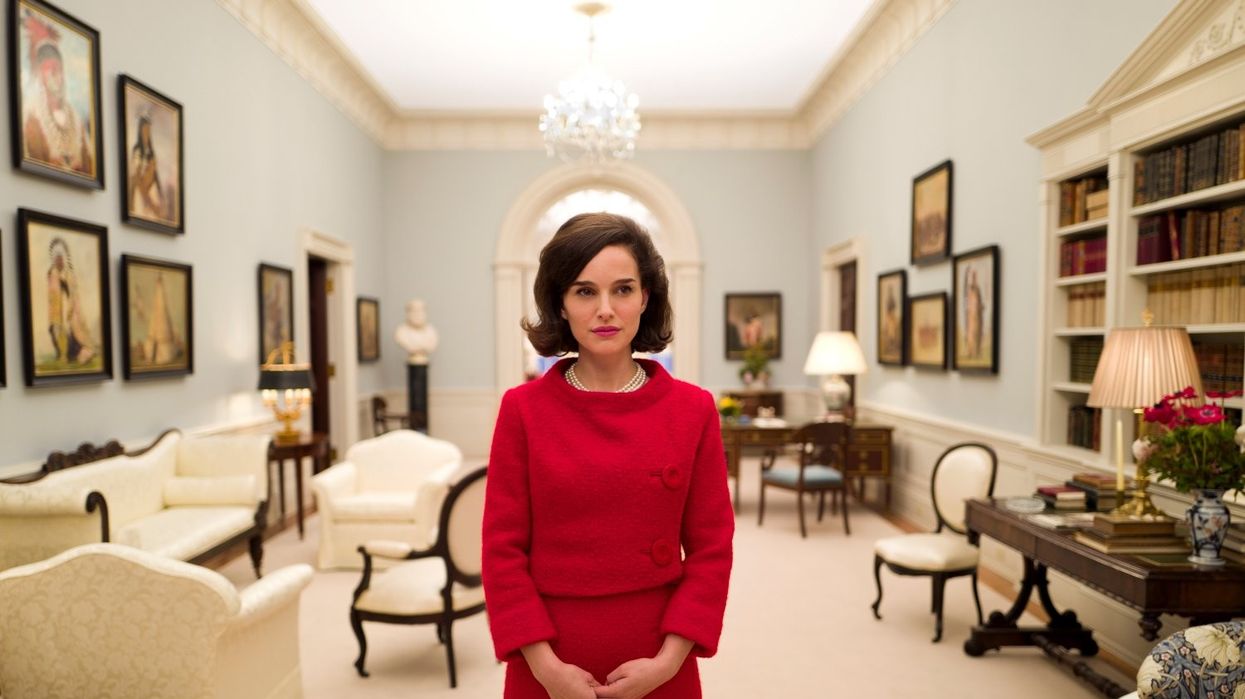Watch: How to Make History Come Alive in Your Movie
Historical footage gives narrative filmmakers access to vital information, but also creates its own set of challenges.

One of the most obvious and also the most insurmountable obstacles to anyone making a film about history is verisimilitude. I'm not so much talking about factual verisimilitude—that's it's own struggle. Achieving the kind of verisimilitude in which the viewer feels submerged completely into another time, another era, that the actors and the filmmaker have made a special pact with viewers that involves intellectual time travel, is a tricky and complex enterprise, demanding and also easy to screw up. But not impossible to execute.
This snappy and sometimes surprising video essay by Vugar Effendi sets period filmic reportage alongside our adaptation of that coverage, in cases in which filmmakers had actual film of a period to refer to, and the results are startling. After the video, we discuss four points that come to mind as being of particular importance.
1. Body language
It's probably an arguable point that people of different eras move differently (feel free to argue in the comments). In the clip we see here from Jackie, watch the way Natalie Portman's first lady mimics the actual Jackie O's movements; the self-consciousness and stiffness of movement seems, at least to this viewer, bound up with a particular time and place, in which people held themselves just so when interacting with others, when acting in a more-or-less official capacity, or elsewhere.
2. Mood
Every picture of a historical scene has its own mood. It might be one of great tension, or it might be one of shocking tenderness or intimacy. That mood might not reveal itself in photographic documents right away; one might have to look a long time at the image to see what secrets it was holding. In the clip we see here from Loving, one would have to imagine that director Jeff Nichols had to look a long time at the couple depicted in the photograph supplied to establish what their relationship was like, and what emotions to convey in the scene.
3. Color scheme
Many times, the historical films we have to work with are in black and white, and so the actual colors of a scenario have to be imagined. Consider the shot from La Vie en Rose shown at the beginning of the video, of Edith Piaf singing at the Olympia; tremendous research would need to be done to find out what kind of clothes she was wearing that night, or would have been likely to wear. By the same token, trying to capture the zaniness of Andy Kaufman's outfits for Man on the Moon is made somewhat easier by the fact that researchers had color footage to work with.
4. The electricity of a moment
All moments of history are electric; you just have to know how to get to their nucleii. Take the clip from JFK shown here; if you weren't familiar with the place, the time, the tensions in the room at the moment of Lee Harvey Oswald's shooting by Jack Ruby, it would be easy to make this moment somehow less electric than it was, or ramp up the violence at the expense of the shock and surprise and pandemonium that greeted the shooting. As it is, Stone deserves kudos for creating such a chaotic scene, and for creating chaos so close to what we can see in the original footage.
What are your favorite historical films? Why are they your favorites? Let us know in the comments!
Source: Vugar Effendi











